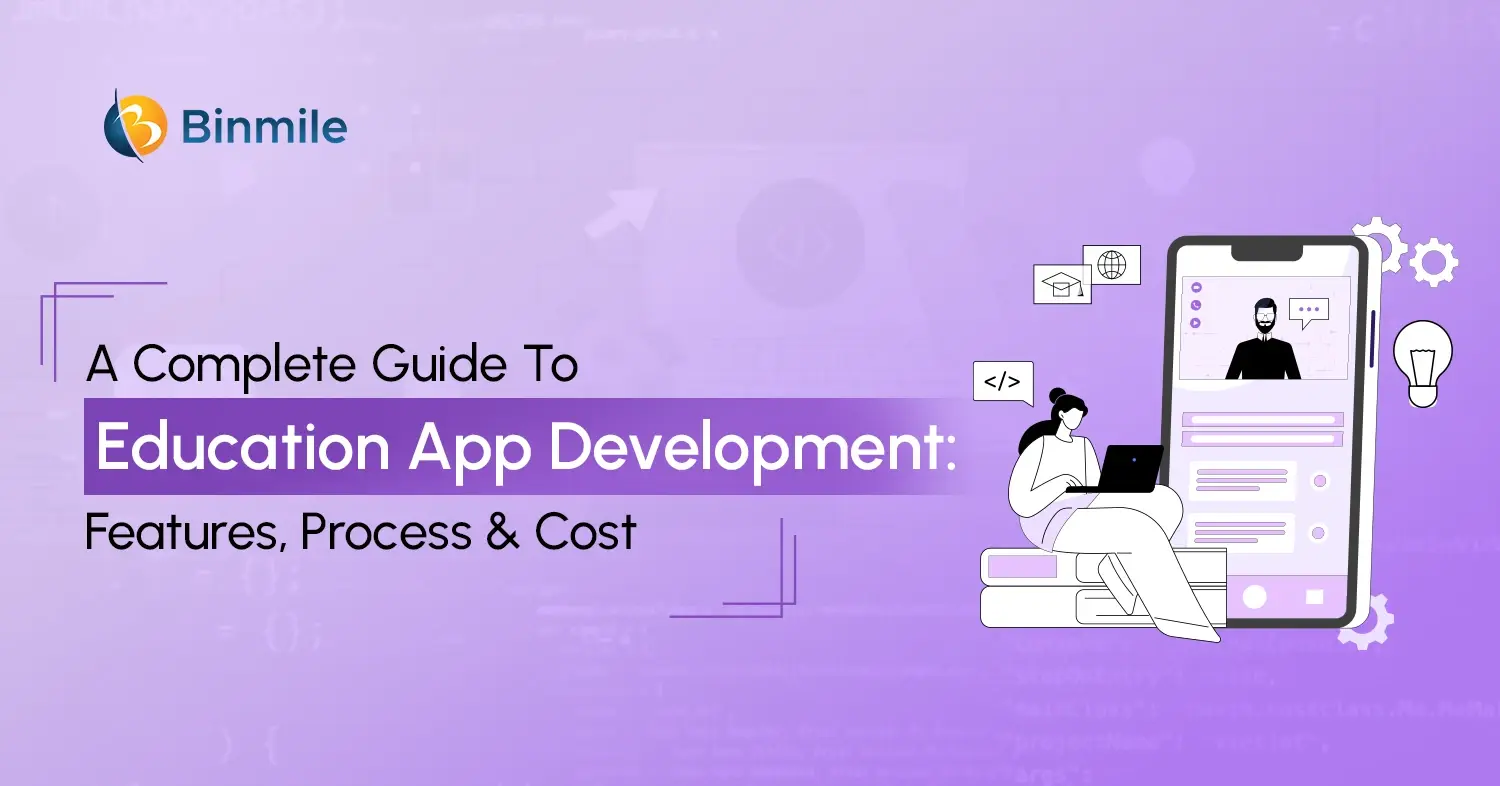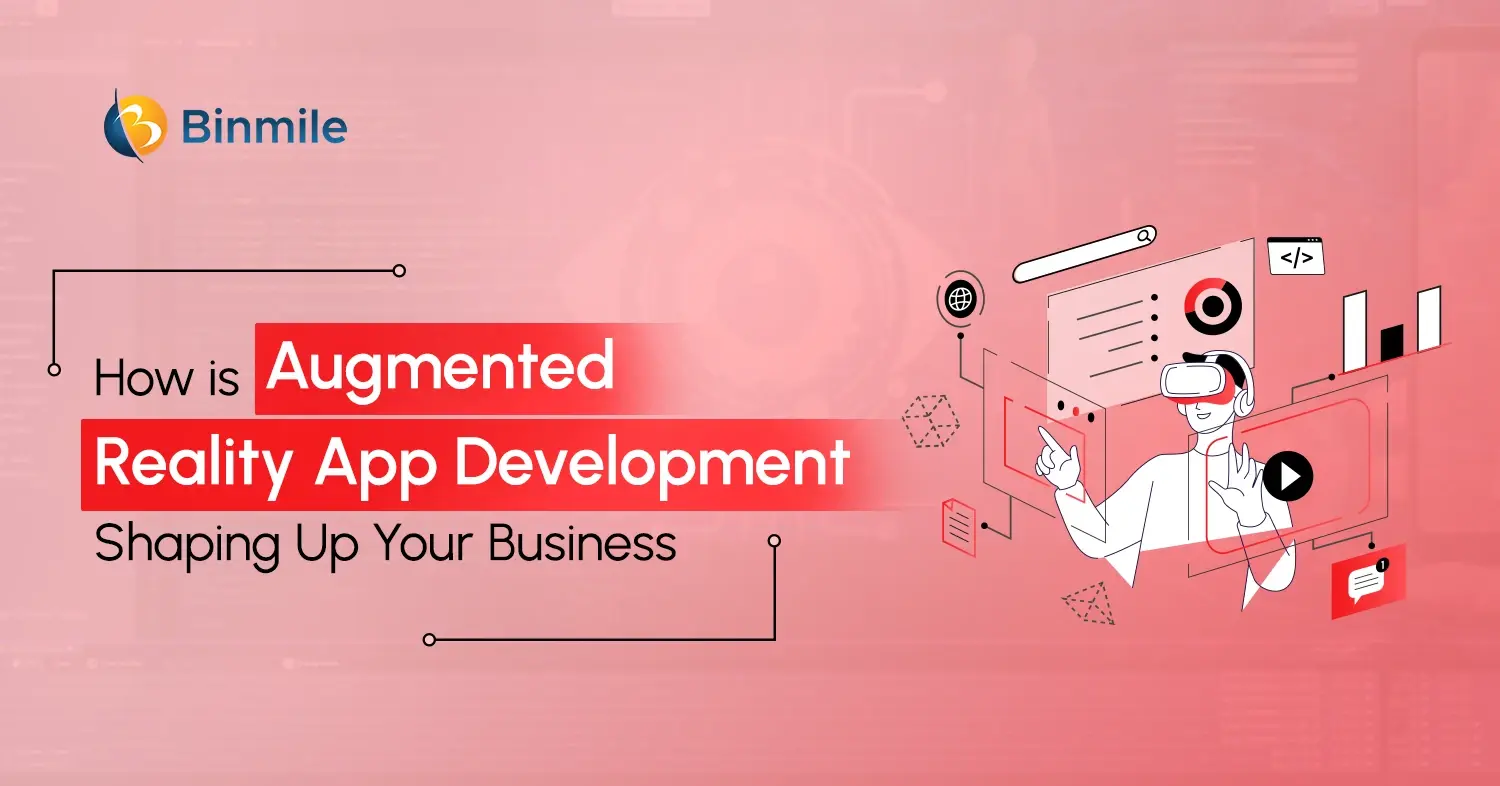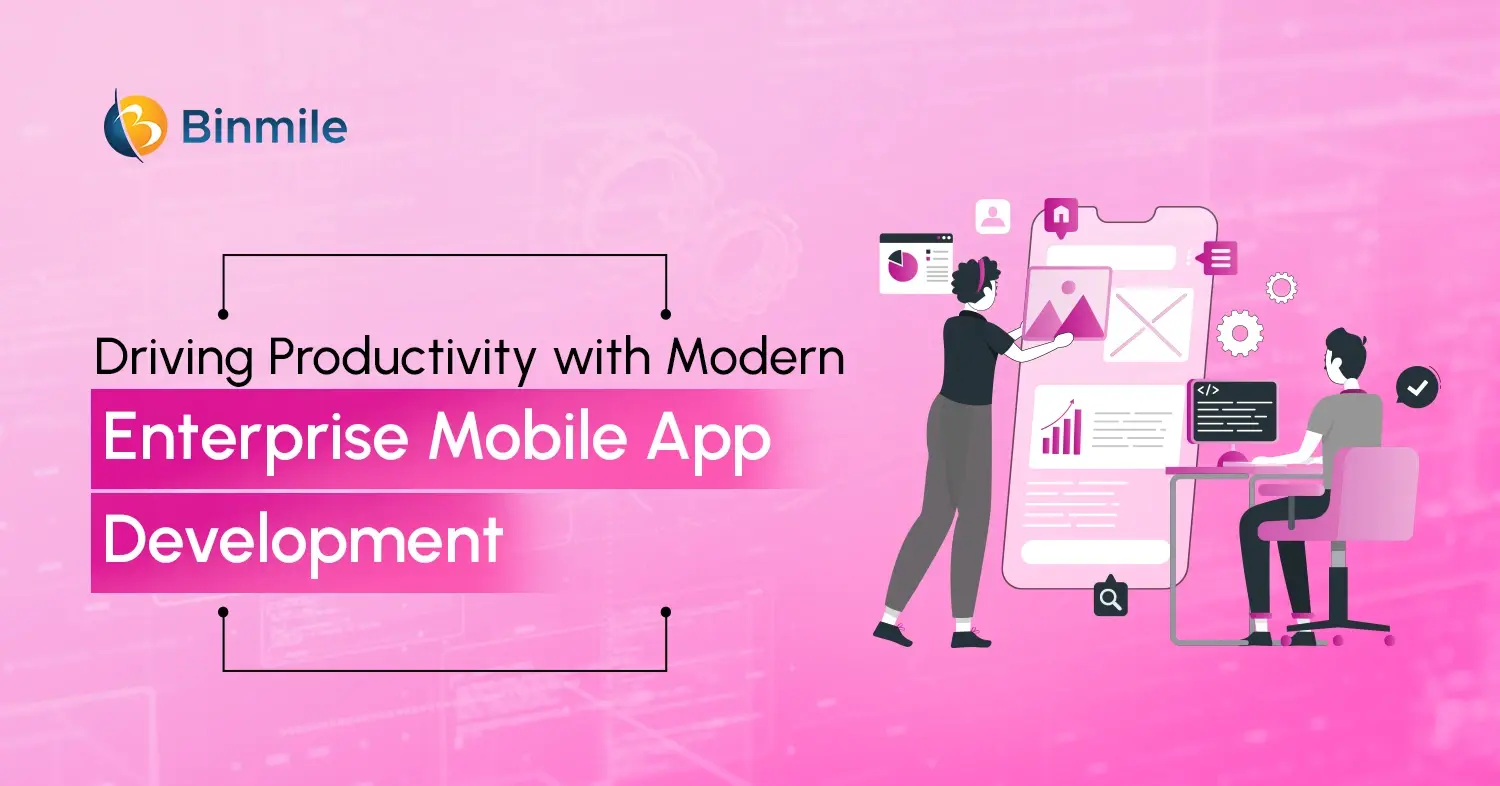The customer experience (CX) is a critical aspect of your company’s success, but the transition to a new CX can be challenging. Many leaders are hesitant to begin because they are scared by the numerous hurdles of implementing change across practically every organizational silo. However, this hesitancy has posed genuine hazards to the company. COVID-19 has also caused major adjustments in consumer expectations and behavior, prompting business enterprises to reconsider how they bond with and service customers. Those who do not adapt to the new standard will be left behind rapidly. During a downturn, investing in customer experience has a proven track record. Companies prioritizing customer experience during the downturn had 3 times the shareholder returns of those companies that did not. Now is the moment to act. Read about the process for planning and developing competencies for customer experience transformation.
Develop Competencies for Customer Experience Transformation
First, agree on the type of experience you intend to offer your clients. When it comes to establishing customer-experience aspiration, you will likely face vague, unclear, and incoherent aspiration issues concerning value generation. Excellent customer service through the CX revolution is uncommon as it can help you make money. That is why businesses need to focus on customer experience across industries.
Customer experience transformation is the new normal. Look at six top competencies to help you offer a successful CX transformation. Global research, advisory company Forrester Research recommends that business organizations develop these core competencies around a customer experience (CX) vision:
Research
This is the first competency where companies need to understand their customers thoroughly. They also need to share knowledge about customers with their staff and partners.
Prioritization
The next step that matters the most is concentrating on the company’s performance and customer experience.
Design
After research and design, it is time to define and improve customer experiences. You can do the same based on study and vision-based knowledge.
Enablement
The fourth competency you need to consider is enablement, where you offer the right tools and tech stack to employees and partners to deliver the best possible experience.
Measurement
The fifth core competency in developing core competency is establishing a relationship between experiential quality and overall business metrics.
Culture
Last but not the minor factor is promoting a culture of change. Here, you can create a set of shared behaviors and values for motivating staff to have excellent customer service.
It is likely that some of your partners or shareholders misunderstand or oppose the CX transformation. So, it is vital to gain a thorough knowledge of four critical areas so that you can lead in the right direction. These include transformation purpose, terminology analysis, organization ability to develop, and disciplined execution. Before you go ahead, create the proper framework for CX innovation by assessing the maturity of CX management capabilities. Also, check the CX competencies that you need to improve first.
Process for Planning Customer Experience Transformation
You can’t just snap your fingers and expect a customer experience transformation. It’s not magic; it’s work. But the interesting thing is you don’t have to do it alone! There are three phases to a successful CX transformation:
- how much and how quickly you’ll convert
- creating a CX vision that is linked with your organization’s goal and values to define what “better” means
- establishing a roadmap that will help you decide which activities to pursue and in what order.

- To determine how much and how quickly you will convert, consider your industry, along with other factors like the current state of your CX, the cost of change, and the benefits of change.
- Your CX vision will be based on your organization’s goals and values, helping everyone practicing the competencies know what “better” looks like so they move in the same direction.
- Your roadmap will help you decide which activities to pursue in what order, so while developing a CX vision gives people something to aim for, the roadmap tells them where they’re going.
You can calculate ROI on CX efforts for having funds. For this, you need accurate numbers and create an ROI model. You also need to develop skills with different approaches: Beginner, intermediate, and advanced levels.
- First, develop the competencies where your company lacks.
- Second, look at competencies where you perform but with consistency.
- Third, look at competencies where you achieved rigor but lacked coordination and accountability.
Customers are more empowered than ever in today’s world, and they’re disrupting every business. We’re in a new customer age where the traditional competitive advantages of manufacturing strength, distribution power, and information mastery are crumbling. The dynamics that have ushered us into this age have sparked a surge in hyper-adoption among consumers. Today’s customers are more mobile than ever before, reading more reviews and making more purchases online. Consequently, business enterprises must become customer-centric.
Summing Up
Remember, a customer experience transformation is critical to your company’s success. If your company’s CX is not robust and appealing, it will be hard to sustain sustainable profits and growth. Take this chance to create a lasting impact on your customers by introducing new tools and platforms that help boost their experience. Binmile, the best Digital transformation service providing company can help you get a better customer service experience through web and app products.
The matter is that we all have to be customer-centric in our approach to delivering customer experience transformation. We are in business because customers have a need, and hopefully, our product or service will fill that need. If we can meet and exceed customer expectations, they will return to us. If we don’t meet the expectations, then they might go elsewhere. It is pretty simple though not accessible. We also have to adapt as the world is changing and customer expectations are increasing in terms of response and delivery speed, product quality or service, etc.









